Cream skirts have long been a staple in the world of fashion, offering a versatile and elegant option for various occasions. As the fashion industry continues to evolve, the demand for cream skirts remains strong, driven by their timeless appeal and adaptability to modern trends. This article delves into the current market landscape, key demographics, and competitive dynamics shaping the cream skirt market.
Table of Contents:
– Market Overview
– The Allure of Texture and Materials
– Design and Cut: What’s Trending?
– Seasonality and Cultural Influence
– Functionality and Features
– Conclusion
Market Overview
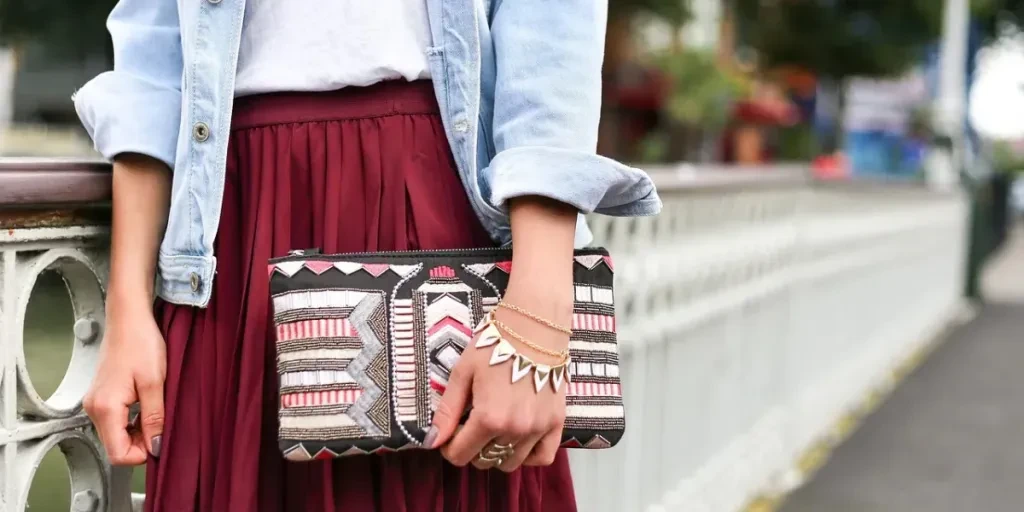
Current Demand for Cream Skirts
The demand for cream skirts has seen a steady rise in recent years, driven by their versatility and timeless appeal. According to Statista, the global market for women’s dresses and skirts, which includes cream skirts, was estimated at USD 37.03 billion in 2023 and is projected to grow to USD 39.33 billion in 2024. This market is expected to continue its upward trajectory, reaching USD 57.97 billion by 2030, with a compound annual growth rate (CAGR) of 6.61%.
In France, the dresses and skirts market generated a total revenue of USD 2.66 billion in 2024, with an annual growth rate of 1.02% projected from 2024 to 2028. The per person revenue in this market is estimated to be USD 40.95 in 2024, with the volume expected to reach 78.0 million pieces by 2028. This data highlights the significant demand for skirts, including cream skirts, in the French market.
Key Markets and Demographics
The demand for cream skirts is not limited to a specific region but spans across various key markets globally. In the United Kingdom, the dresses and skirts market is projected to generate a revenue of USD 8.95 billion in 2024, with an annual growth rate of 3.88% from 2024 to 2028. The per person revenue in this market is estimated to be USD 131.70 in 2024, with the volume expected to reach 126.0 million pieces by 2028. This indicates a strong market for cream skirts in the UK, driven by a growing preference for sustainable and ethically produced clothing.
Australia is another key market for cream skirts, with the dresses and skirts market projected to generate a revenue of AUD 1.81 billion in 2024. The market is expected to grow at an annual rate of 3.04% from 2024 to 2028, with the per person revenue estimated to be AUD 67.81 in 2024. The volume in this market is expected to reach 52.8 million pieces by 2028, reflecting a growing demand for eco-conscious fashion among Australian consumers.
Competitive Landscape
The competitive landscape of the cream skirt market is characterized by the presence of several key players who are driving innovation and setting trends. Leading brands such as American Eagle Outfitters, Inc., Burberry Group Plc, CHANEL, Christian Dior SE, Dolce & Gabbana S.r.l., and Louis Vuitton, Inc. are at the forefront of the market, offering a wide range of cream skirts that cater to diverse consumer preferences.
These brands are known for their commitment to quality, design, and sustainability, which resonate well with modern consumers. For instance, the United Kingdom’s market is seeing a surge in demand for sustainable and ethically produced clothing, a trend that is being embraced by leading brands. This focus on sustainability is not only a response to consumer demand but also a strategic move to differentiate themselves in a competitive market.
The Allure of Texture and Materials
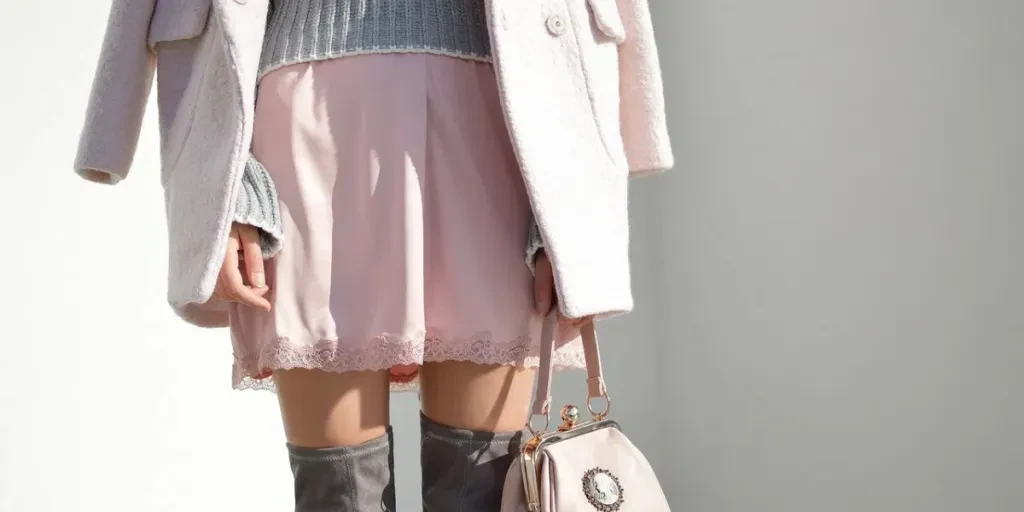
Popular Fabrics for Cream Skirts
The choice of fabric plays a crucial role in the appeal of cream skirts. Popular fabrics for these skirts include organic cotton, linen, hemp, and nettle. These materials are not only sustainable but also offer a variety of textures that enhance the overall aesthetic of the skirt. According to a professional report, GOTS-certified organic cotton is highly favored for its softness and breathability, making it an ideal choice for summer wear. Linen, known for its lightweight and airy qualities, is another popular fabric that provides a natural, relaxed look. Hemp and nettle, on the other hand, are appreciated for their durability and eco-friendly properties.
The use of these materials aligns with the growing trend of sustainability in fashion. Consumers are increasingly looking for garments that are not only stylish but also environmentally responsible. The incorporation of these fabrics in cream skirts not only meets this demand but also adds a unique texture that enhances the overall appeal of the garment.
The Role of Texture in Consumer Preference
Texture plays a significant role in consumer preference when it comes to cream skirts. The tactile experience of a garment can greatly influence a consumer’s decision to purchase. Fabrics with a soft, smooth texture are often perceived as more comfortable and luxurious, making them more appealing to consumers. On the other hand, fabrics with a more structured or textured feel can add a unique visual interest to the garment, making it stand out in a crowded market.
The use of openwork details, crochet, and macramé knots in cream skirts, as reported by a professional source, adds a refined handcraft element that appeals to consumers looking for unique, artisanal pieces. These textures not only enhance the visual appeal of the skirt but also provide a tactile experience that can make the garment more desirable.
Design and Cut: What’s Trending?
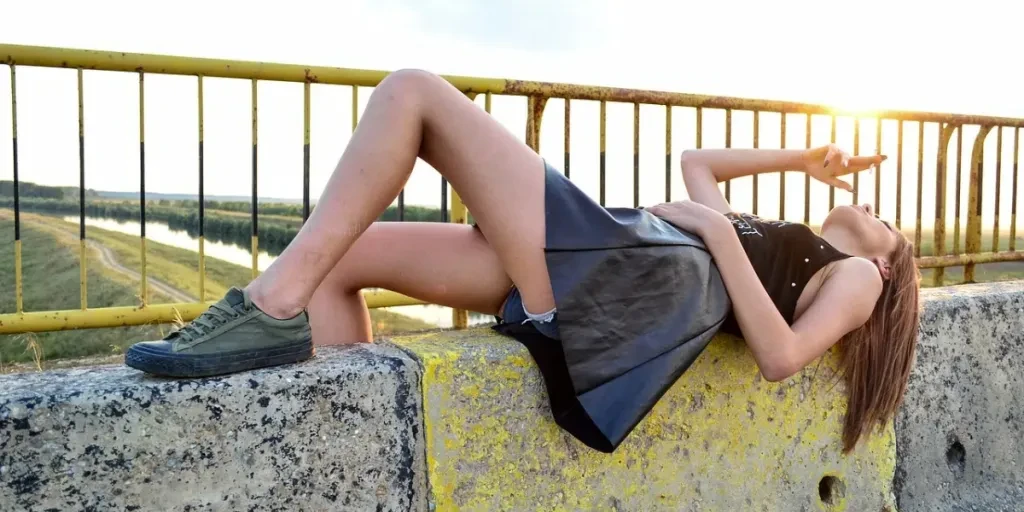
Trending Designs in Cream Skirts
The design of cream skirts has seen a significant evolution, with several trends emerging in recent years. One of the most notable trends is the reintroduction of volume in skirts. The maxi skirt with fluid shapes and casual sheer jersey is gaining popularity. This design moves away from streamlined column silhouettes and brings a fresh direction to skirt assortments. The use of soft fabrics with subtle volume creates fluidity and reintroduces A-line shapes, making the skirt more versatile and appealing.
Another trending design is the breezy openwork skirt, which embraces the CityToBeach and NuBoheme trends. This skirt features a relaxed fit with a ribbed waist, a close fit at the hip, and flares and drapes to the ankles. The all-over openwork details with simple net-like knit mesh structures, crochet, and macramé knots add a unique texture and visual interest to the skirt.
The Impact of Different Cuts on Style and Comfort
The cut of a cream skirt can significantly impact its style and comfort. A-line cuts, for example, are known for their flattering silhouette that suits a variety of body types. This cut provides a comfortable fit at the waist while allowing for more movement and ease at the hips and thighs. The maxi skirt, with its fluid shapes and subtle volume, offers a relaxed and comfortable fit that is perfect for casual wear.
On the other hand, skirts with a close fit at the hip and flares at the ankles, such as the breezy openwork skirt, provide a more structured and elegant look. This cut accentuates the waist and hips while allowing for a graceful drape and movement at the ankles. The choice of cut can greatly influence the overall style and comfort of the skirt, making it an important consideration for both designers and consumers.
Seasonality and Cultural Influence
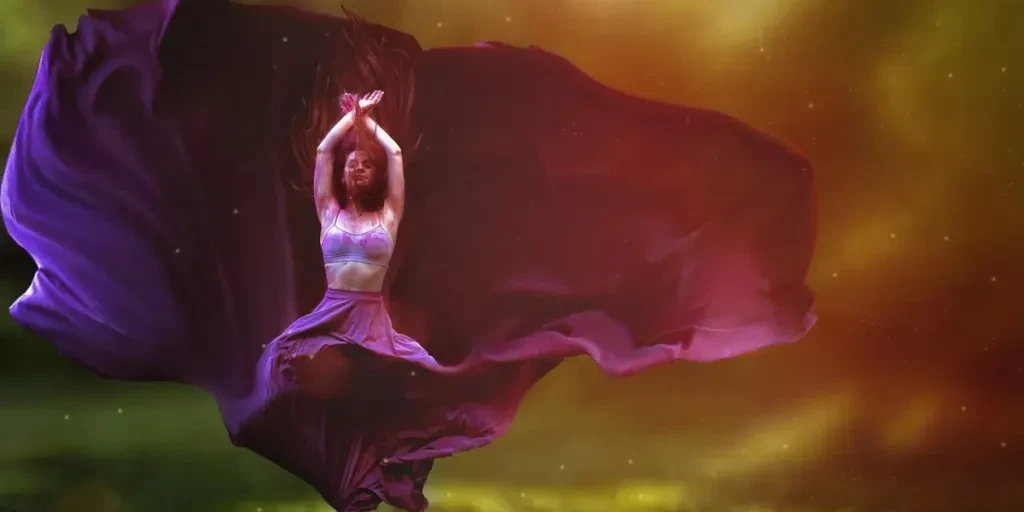
Seasonal Trends for Cream Skirts
Seasonality plays a crucial role in the trends for cream skirts. During the spring and summer months, lightweight and breathable fabrics such as linen and organic cotton are highly favored. These materials provide comfort and ease in warmer weather, making them ideal for summer wear. The use of openwork details and sheer fabrics also aligns with the seasonal trend of lighter, airier garments.
In contrast, during the fall and winter months, heavier fabrics such as wool and thicker cotton blends are more popular. These materials provide warmth and comfort in cooler weather, making them suitable for winter wear. The use of darker shades of cream and more structured designs also aligns with the seasonal trend of more substantial and cozy garments.
Cultural Significance and Heritage
The cultural significance and heritage of cream skirts cannot be overlooked. In many cultures, cream skirts are associated with purity, elegance, and sophistication. The use of traditional techniques such as crochet and macramé knots in the design of cream skirts adds a cultural and artisanal touch to the garment. These techniques have been passed down through generations and are often associated with a sense of heritage and craftsmanship.
The incorporation of these traditional techniques in modern designs not only preserves cultural heritage but also adds a unique and authentic element to the garment. Consumers are increasingly looking for pieces that have a story and a sense of history, making these culturally significant designs more appealing.
Functionality and Features
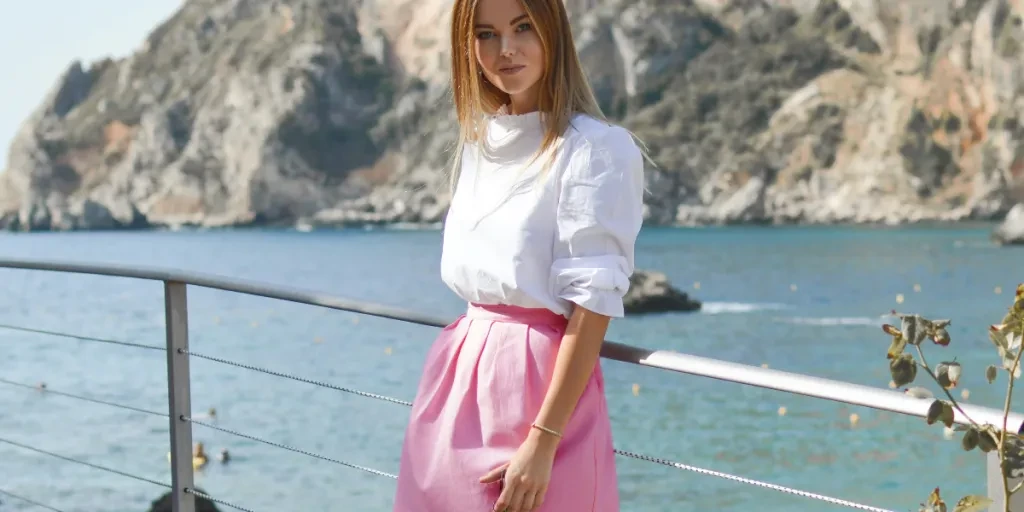
Practical Features in Modern Cream Skirts
Modern cream skirts are designed with a variety of practical features that enhance their functionality. Wide, elasticated waistbands, for example, add comfort and offer a newer direction for the maxi skirt. The use of soft pleating below the waistband adds more movement and ease, making the skirt more comfortable to wear.
Another practical feature is the use of detachable and adjustable modular straps, which provide versatility and allow consumers to customize the fit and style of the skirt. The incorporation of front scoop pockets and flap pockets adorned with contrasting appliqué details also adds a functional element to the skirt, making it more practical for everyday wear.
Balancing Style and Functionality
Balancing style and functionality is a key consideration in the design of modern cream skirts. Consumers are looking for garments that not only look good but also offer practical features that enhance their wearability. The use of durable and eco-friendly materials, such as GOTS-certified organic cotton and recycled cotton, not only adds a sustainable element to the skirt but also ensures its longevity and durability.
The incorporation of practical features such as elasticated waistbands, adjustable straps, and functional pockets adds a functional element to the skirt without compromising on style. The use of unique textures and traditional techniques also adds a stylish and artisanal touch to the garment, making it both practical and visually appealing.
Conclusion
The evolving trends in cream skirts highlight the importance of texture, design, seasonality, cultural significance, and functionality in modern fashion. As consumers continue to seek garments that are not only stylish but also sustainable and practical, the demand for cream skirts made from eco-friendly materials and featuring unique textures and practical features is expected to grow.




